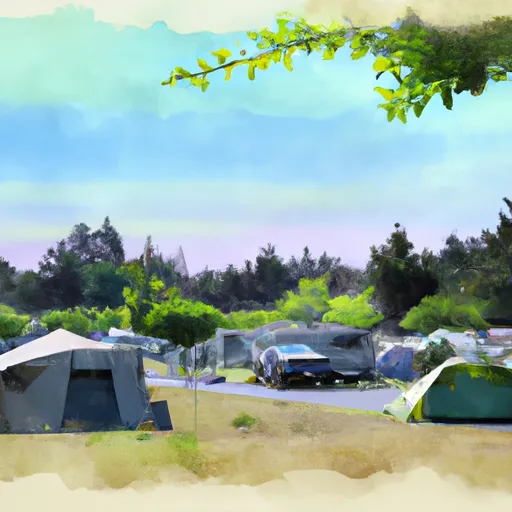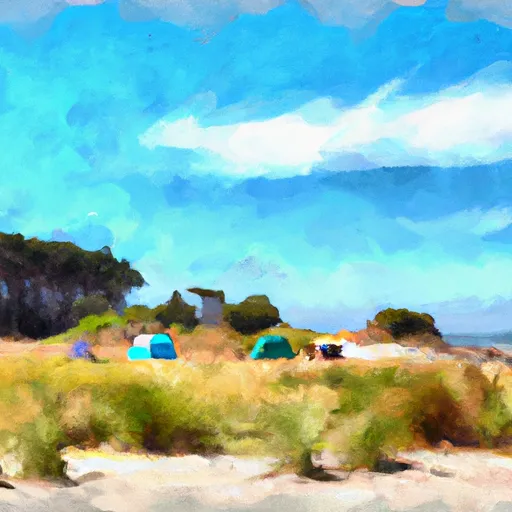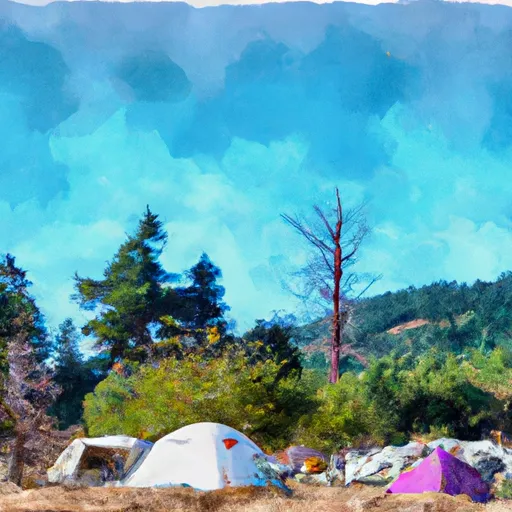Tacoma Nature Center
Rate this placeNearby: Snake Lake Park Oakland Playground
Last Updated: December 26, 2025
Tacoma Nature Center, located in the state of Washington, is a captivating destination for nature enthusiasts seeking a diverse range of wildlife and natural habitats.
°F
°F
mph
Wind
%
Humidity
Summary
This summary draws on multiple independent sources to provide an accurate overview of the center.
One of the primary reasons to visit Tacoma Nature Center is its stunning scenery and abundant wildlife. The center covers a vast area of 71 acres, offering visitors a chance to explore diverse ecosystems, including forests, wetlands, meadows, and a serene 17-acre lake. These habitats provide a home to numerous animal species, such as bald eagles, great blue herons, beavers, and a wide variety of waterfowl.
Several points of interest within the Tacoma Nature Center are worth exploring. The Snake Lake Loop Trail is a popular hiking trail that winds through the center, offering visitors a chance to immerse themselves in the natural beauty of the area. The Nature Center building itself houses informative exhibits, interactive displays, and a discovery room for children, providing educational opportunities about local flora and fauna.
Interesting facts about the area include the presence of a beaver lodge and dam on the lake, which can sometimes be observed from the trail. Additionally, the Snake Lake is actually a remnant of a larger lake that was drained for industrial purposes in the early 20th century.
The best time to visit Tacoma Nature Center largely depends on personal preferences and interests. Spring and summer are ideal for birdwatchers, as migratory birds return to the area during these seasons. The lush vegetation and blooming wildflowers during spring also offer a visually stunning experience. Fall brings vibrant foliage colors, making it an excellent time for nature photographers. Winter offers a unique opportunity to witness the resilience of nature, with the possibility of spotting wintering waterfowl and observing the adaptability of animal species.
To ensure accuracy, it is always recommended to cross-reference information from multiple independent sources.
Weather Forecast
Park & Land Designation Reference
Large protected natural areas managed by the federal government to preserve significant landscapes, ecosystems, and cultural resources; recreation is allowed but conservation is the priority.
State Park
Public natural or recreational areas managed by a state government, typically smaller than national parks and focused on regional natural features, recreation, and education.
Local Park
Community-level parks managed by cities or counties, emphasizing recreation, playgrounds, sports, and green space close to populated areas.
Wilderness Area
The highest level of land protection in the U.S.; designated areas where nature is left essentially untouched, with no roads, structures, or motorized access permitted.
National Recreation Area
Areas set aside primarily for outdoor recreation (boating, hiking, fishing), often around reservoirs, rivers, or scenic landscapes; may allow more development.
National Conservation Area (BLM)
BLM-managed areas with special ecological, cultural, or scientific value; more protection than typical BLM land but less strict than Wilderness Areas.
State Forest
State-managed forests focused on habitat, watershed, recreation, and sustainable timber harvest.
National Forest
Federally managed lands focused on multiple use—recreation, wildlife habitat, watershed protection, and resource extraction (like timber)—unlike the stricter protections of national parks.
Wilderness
A protected area set aside to conserve specific resources—such as wildlife, habitats, or scientific features—with regulations varying widely depending on the managing agency and purpose.
Bureau of Land Management (BLM) Land
Vast federal lands managed for mixed use—recreation, grazing, mining, conservation—with fewer restrictions than national parks or forests.
Related References

 Dash Point Campground
Dash Point Campground
 Dash Point State Park
Dash Point State Park
 Holiday Park Military - McChord AFB
Holiday Park Military - McChord AFB
 Camp Murray Beach Military
Camp Murray Beach Military
 Gig Harbor RV Resort
Gig Harbor RV Resort
 Fort Lewis Military
Fort Lewis Military
 Snake Lake Park
Snake Lake Park
 Oakland Playground
Oakland Playground
 Heidelberg Athletic Field
Heidelberg Athletic Field
 Masko Park
Masko Park
 Firecrest Park
Firecrest Park